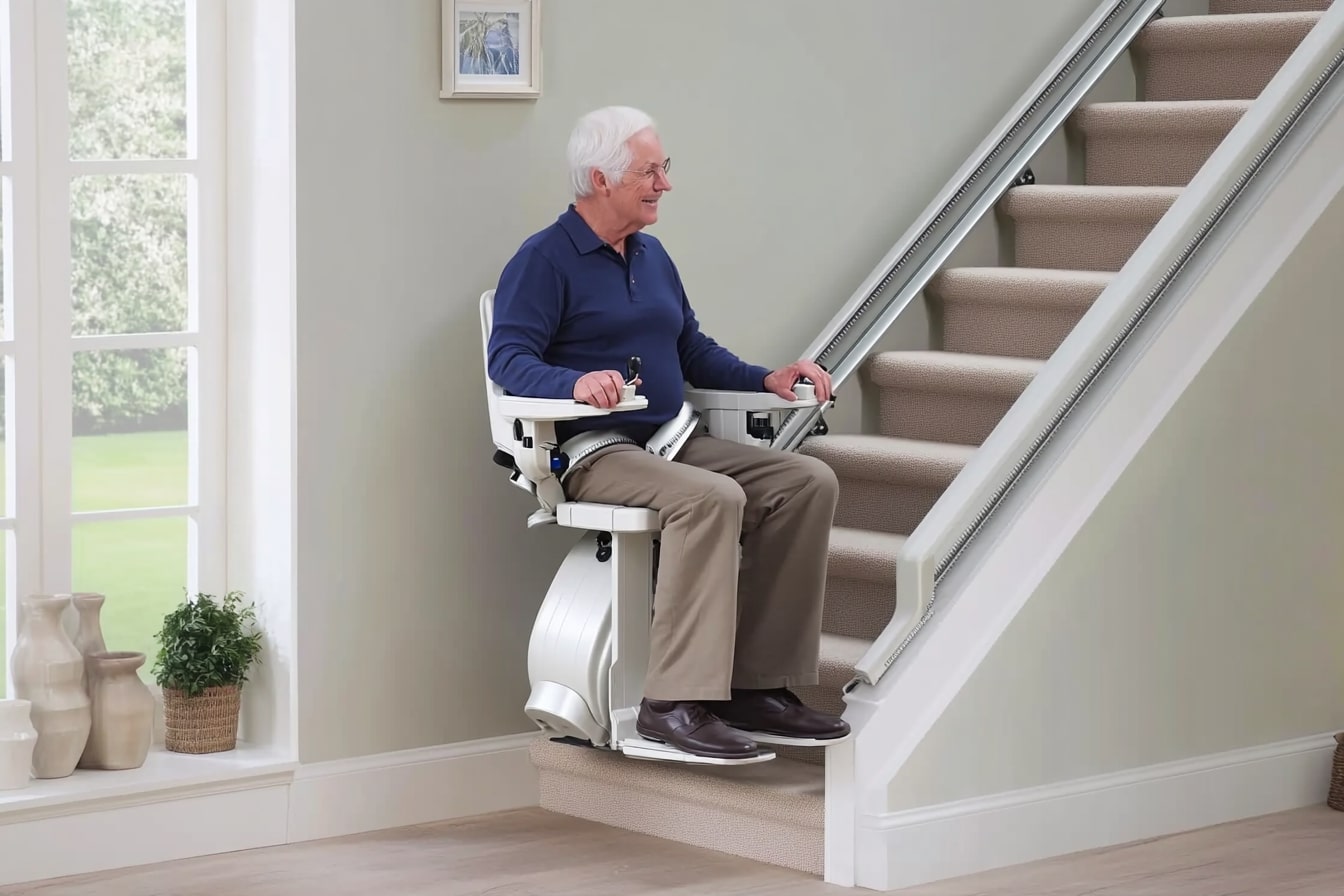Inside the World of Animal Assisted Therapy: Healing Power Beyond Words
With the rise of unconventional therapies, Animal Assisted Therapy (AAT) is slowly gaining recognition in the healthcare sector. This form of therapy leverages the human-animal bond to aid in the recovery and well-being of individuals suffering from various physical, emotional, or mental health issues. This article delves into the history and current implications of AAT, exploring its effectiveness, implementation, and the growing demand for trained therapy animals.

A Historical Perspective on Animal Assisted Therapy
The therapeutic use of animals dates back to the ancient Greeks, who utilized horses to uplift the spirits of the severely ill. In the 1800s, Florence Nightingale recognized that small pets reduced anxiety in children and adults with mental health conditions. However, it was not until the late 20th century that AAT became an official therapeutic approach. Dr. Boris Levinson, a child psychiatrist, accidentally discovered that his dog, Jingles, had a positive impact on his patients, leading to the recognition and formal study of AAT.
Animal Assisted Therapy in Today’s World
Fast forward to the 21st century, AAT is being adopted in various medical and therapeutic settings, including hospitals, nursing homes, schools, and rehabilitation centers. AAT is used in treating a wide array of conditions, such as autism, depression, post-traumatic stress disorder (PTSD), and physical disabilities. Dogs and horses are the most commonly used therapy animals, but cats, rabbits, and even dolphins are also employed.
The Economics of Animal Assisted Therapy
The market for AAT is growing, with a projected value of $2.68 billion by 2027. This rising demand is primarily due to a growing awareness of its effectiveness and the increasing prevalence of mental health disorders worldwide. However, expenses associated with the care, training, and certification of therapy animals can be quite high, making AAT a costly therapeutic option.
Research-Backed Benefits of Animal Assisted Therapy
Studies reveal that interaction with therapy animals can lower blood pressure, improve cardiovascular health, release endorphins, and reduce feelings of anxiety, grief, and isolation. For instance, a 2019 study in the Journal of Pediatric Nursing reported improved psychological well-being in hospitalized children who participated in AAT.
The Challenges of Animal Assisted Therapy
Despite the benefits, AAT faces several challenges. The lack of standardized training and certification protocols for therapy animals is a significant concern. Furthermore, the potential for allergies or fear of animals among patients can limit the therapy’s applicability. Lastly, ensuring the welfare of therapy animals is paramount, requiring regular health checks and periods of rest.
In conclusion, Animal Assisted Therapy is a promising field that extends the human-animal bond into the realm of healing and recovery. As research continues to validate its effectiveness, we can expect to see AAT become a more mainstream therapeutic option. However, it is essential to address the prevailing challenges to ensure the welfare of both the patients and the therapy animals.






